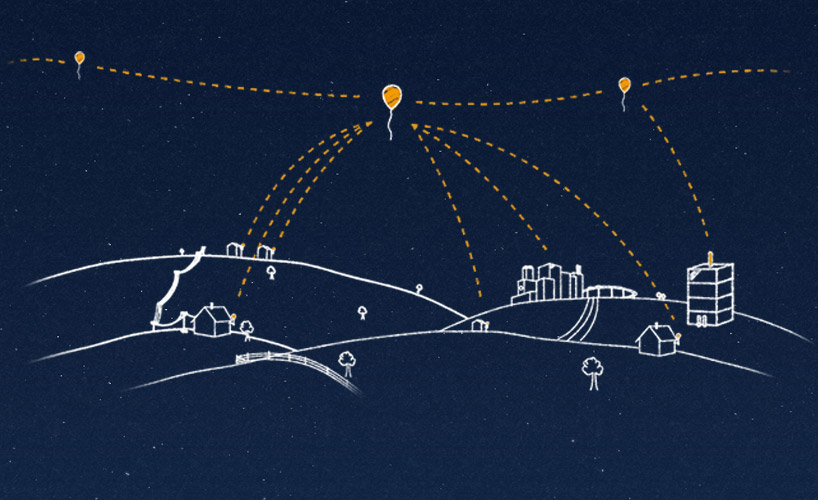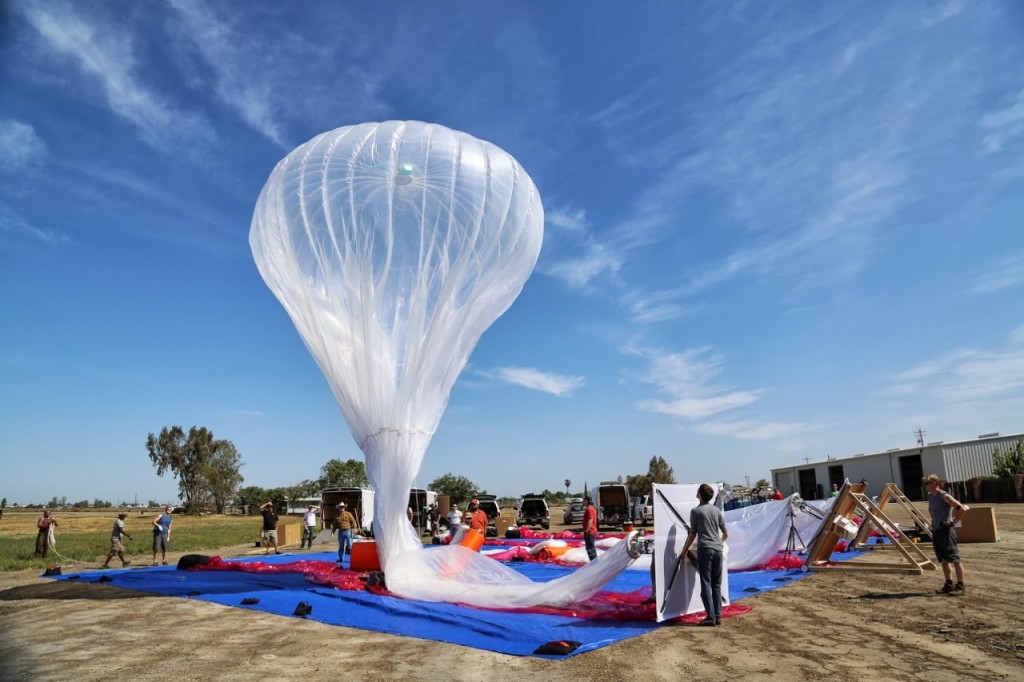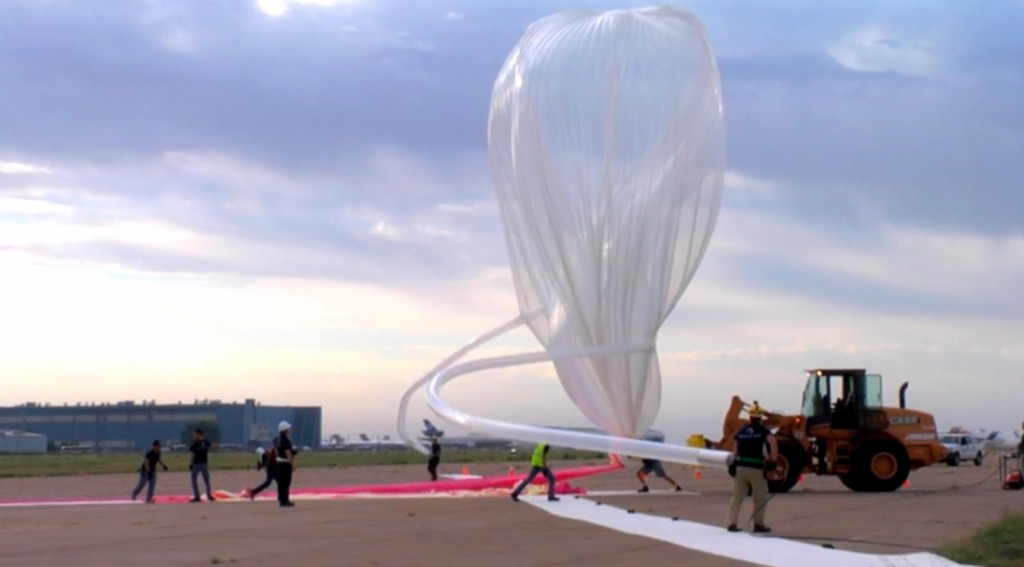Google X is developing a new research and development project called Project Loon. The main aim of the project is to provide internet access to remote and rural areas. The project will be using high-altitude balloons, placed in the stratosphere, to create an aerial wireless network as fast as 4G LTE. FCC (Federal Communications Commission) has received informal objections for the project. Some object that it has harmful effect on human being as well as on environment. Other companies objected as they worry that Project Loon will interfere with their wireless operations.

In response to the objections, Google wrote to FCC that Project Loon does not risk humans or environment. The reason for the objection is the worry that radio frequency (RF) from Project Loon testing may harm plants, animals and humans in the vicinity. It says the project in fact has lower risk from RF exposure as compared to other transmissions which is regularly authorized by the commission. The balloons are designed in such a way that they float at a height of about 60,000 feet over areas. No Internet Service Providers (ISP) is present there. Signals will be received and sent from antennas that are ground-based.

The antennas that would receive and send signals will be pointing to the sky as per filing to FCC. Hardly any risk is posed to humans by the signals sent from balloons located at a distance of 60,000 feet. Google says even if an airborne transmitter were directly aimed at a person on the ground just below it, the strength of the signal would be much weaker than FCC limits.

Google is working on Project Loon since 2013 but no plans to deploy it has been revealed. The project started as a pilot experiment in June 2013 and 30 balloons were launched in New Zealand in coordination with local authorities.


